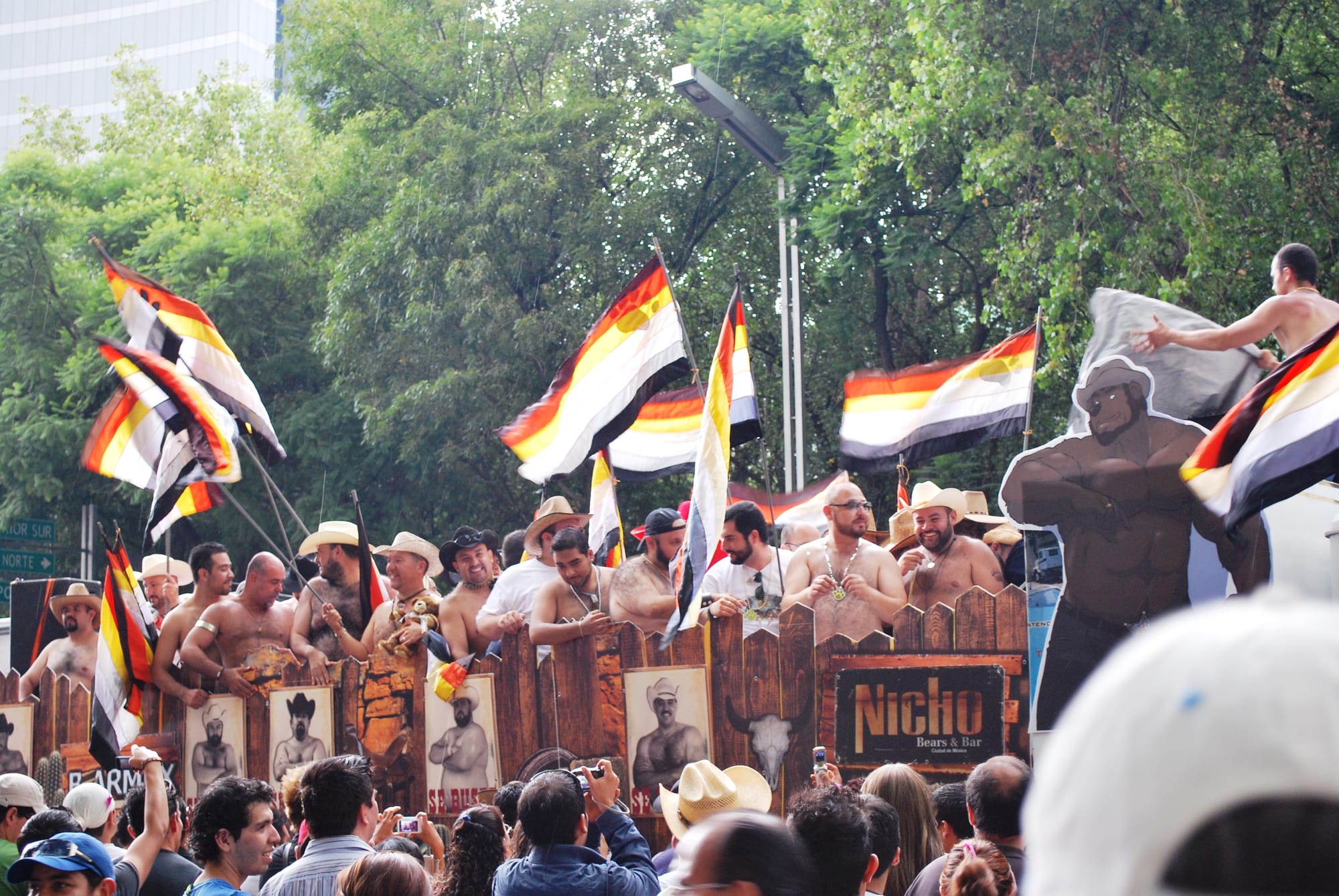The gay bear community represents one of the most distinctive subcultures within LGBTQ+ society.
What Is a Bear?
A bear in gay culture typically refers to men who embrace a natural, masculine appearance characterized by facial hair, body hair, and often a larger physique. This identity challenges mainstream gay stereotypes by celebrating diverse body types.
The Birth of Bear Culture
The term "bear" in gay contexts first appeared in a 1979 article titled "Who's Who at the Zoo?" by George Mazzei in The Advocate magazine, categorizing gay men as different animals. The bear community truly began in San Francisco in the late 1980s, "influenced by gay biker clubs and created by men who did not fit the prevailing gay aesthetic that valorized slender, smooth-bodied youths." In the mid-1980s, informal "Bear Hug parties" brought together men who identified with this aesthetic. The movement gained momentum when Richard Bulger and Chris Nelson founded Bear Magazine in 1987.
Why Bears Matter
The bear movement emerged partly in response to the AIDS crisis, as some believe "bears came about because HIV-positive San Francisco men looked at extra weight as a sign of health in the mid-to-late eighties." Bears have made contributions to gay culture by expanding notions of attractiveness and masculinity.
Bears Today
Today, the bear community thrives globally through local clubs, annual gatherings, and social spaces. Events like Bear Pride and International Bear Rendezvous attract thousands of participants. The International Bear Brotherhood Flag, created by Craig Byrnes in 1995, features stripes in various colors representing different bear species worldwide, symbolizing the community's diversity. This vibrant community continues to evolve while staying true to its core values of authenticity, inclusivity, and celebrating natural masculinity.
Join Our Den
New to bear culture? Find local bear events in your area or connect online with like-minded men who celebrate natural masculinity.




Member discussion